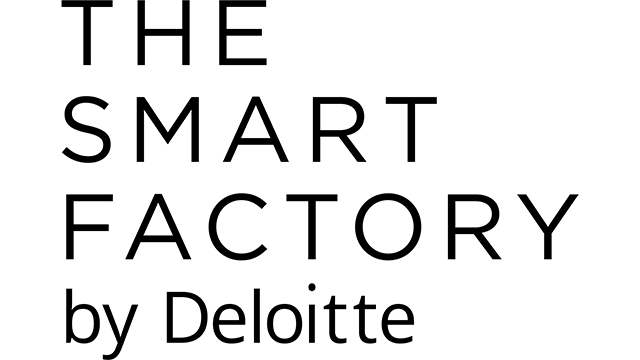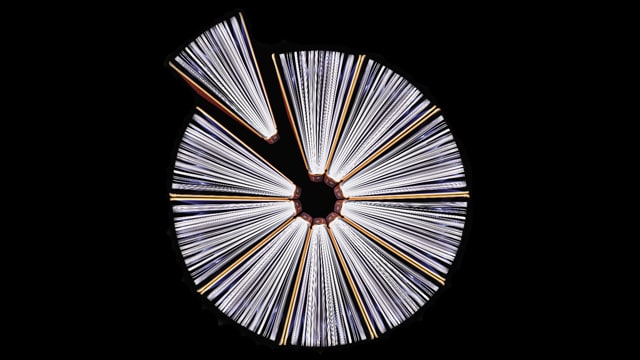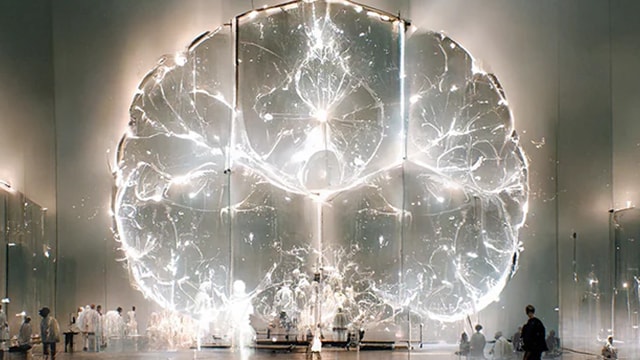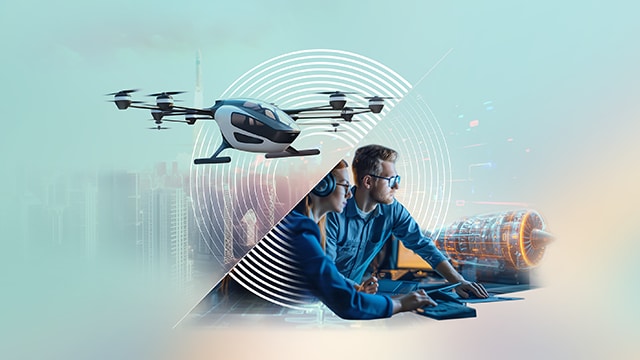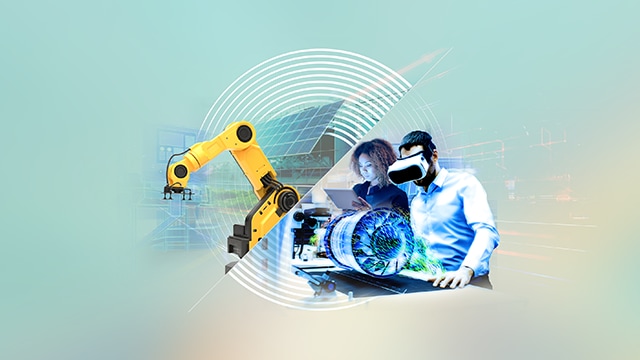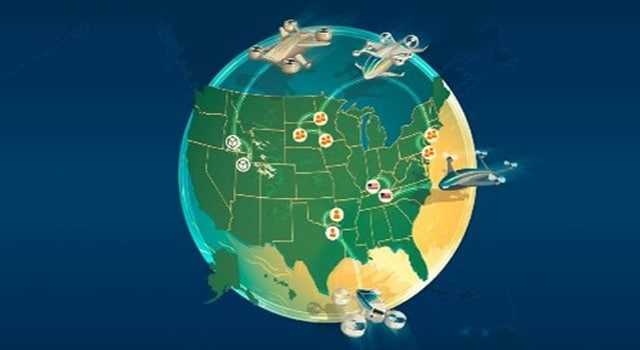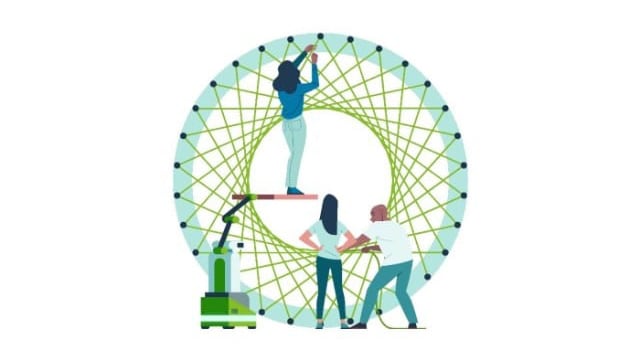Lighting the way toward a more innovative and sustainable industrials industry
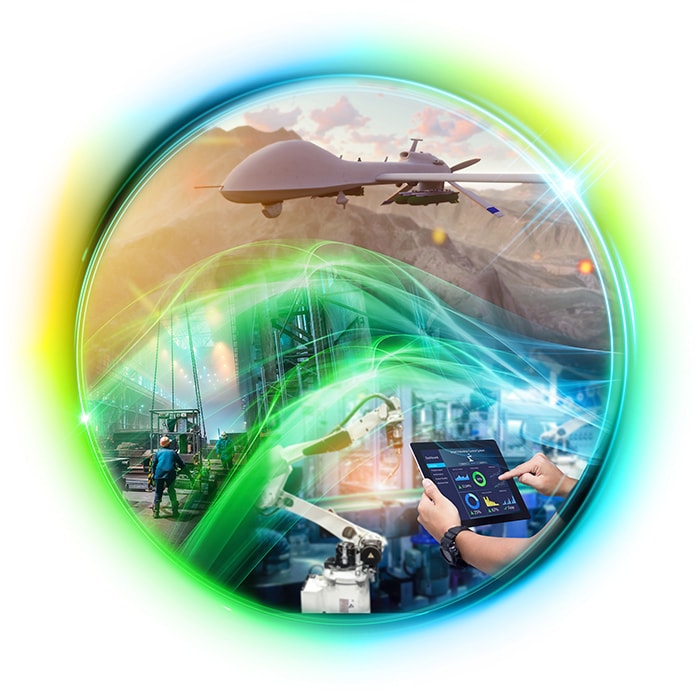
At Deloitte, we believe industrials has the inherent ability to inspire optimism for the future—and strengthen humanity’s place in it. That’s why we’re fierce champions of all the designers, manufacturers, builders, and creators rolling up their sleeves today in service to a better tomorrow. In fact, you inspire us to roll up our own sleeves.
Building on more than 175 years of service, our US Industrial Products & Construction (IP&C) practice, composed of Industrial Manufacturing, Engineering & Construction, and Aerospace & Defense, provides illuminating offerings and services that help companies with some of their most complex challenges. We’re collaborating with many of the industrials sector’s most brilliant minds to accelerate digital transformation, ignite technological innovation, and shine a light on how to manufacture and construct with greater sustainability woven into every decision. Because one of the best ways to plan for a net-zero future is to start building one today.
IndustryAdvantage™
We know where your industry is heading. We’re already there. We know your industry. Inside and out. With IndustryAdvantage™, we give you access to the full breadth of thinking, experience, and technology from across Deloitte and our ecosystems, and apply these capabilities in the most efficient, targeted way possible. Our virtually unmatched industry foresight helps you create front-office transformation that drives growth, differentiates your business, and helps you not just keep up with your industry, but prepare to lead it.
Industrial products and construction innovation in action
Markets we serve
Our IP&C practice is at the forefront of top trends and issues facing the ever-evolving industrials sector landscape. And we go to market by industry: Industrial Manufacturing, Aerospace & Defense, and Engineering & Construction.
Aerospace & Defense
Engineering & Construction
Industrial Manufacturing
Services we provide
Our latest industrials thinking
Get in touch
We’d love to learn more about business and how we can work with you to illuminate more possibilities, today and tomorrow.

Steve Shepley
Vice Chair and US Industrial Products and
Construction Sector Leader | Deloitte
+1 310 467 5887 | Profile
${fourth-leader-name}
${fourth-leader-title}
${fourth-leader-additional-info}




